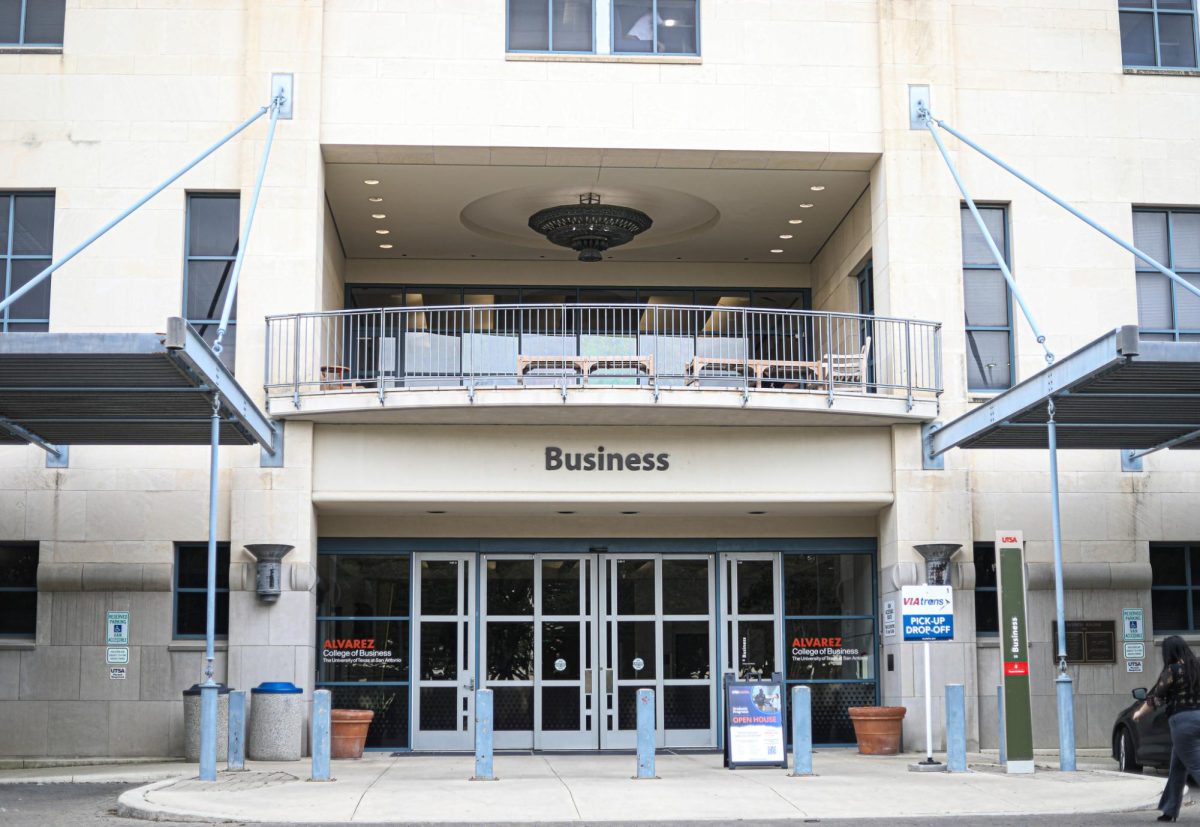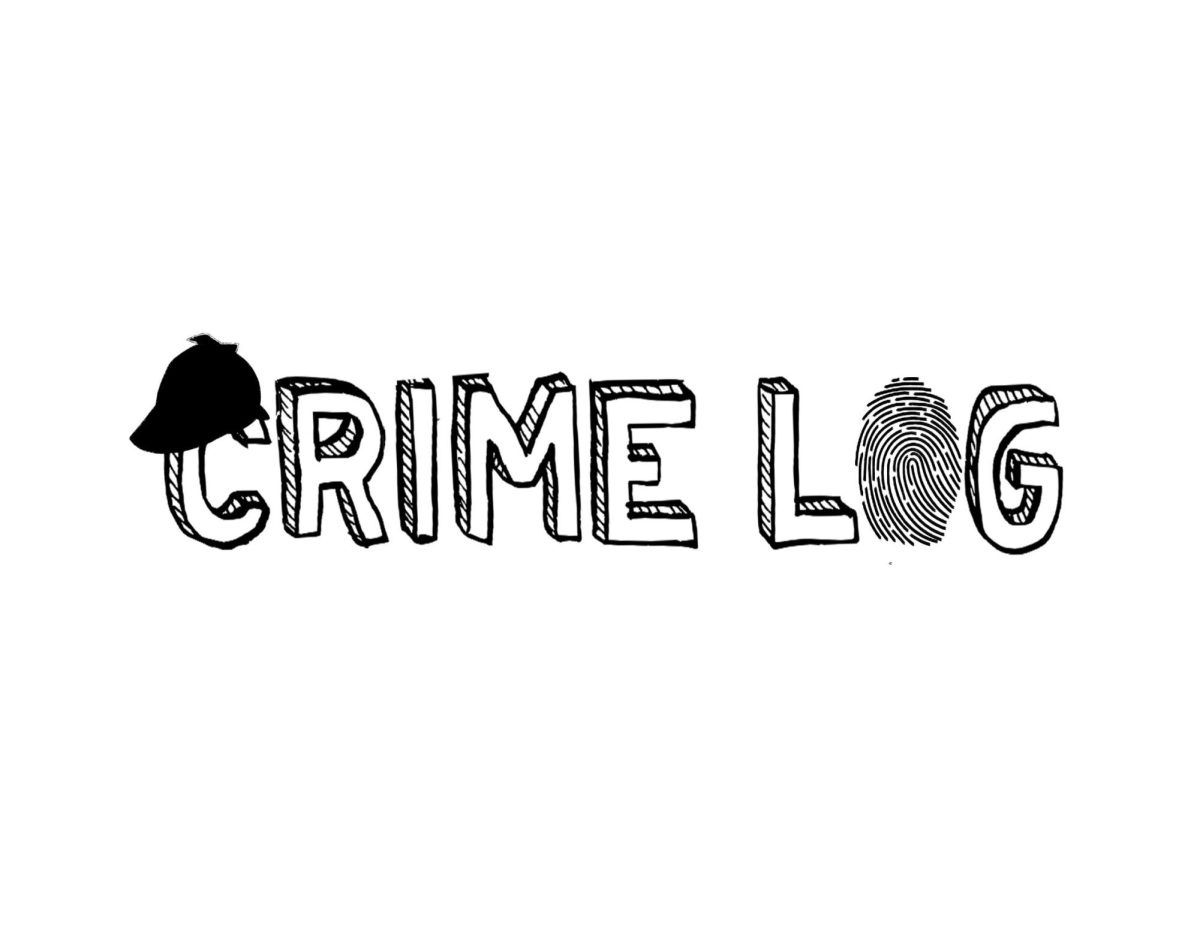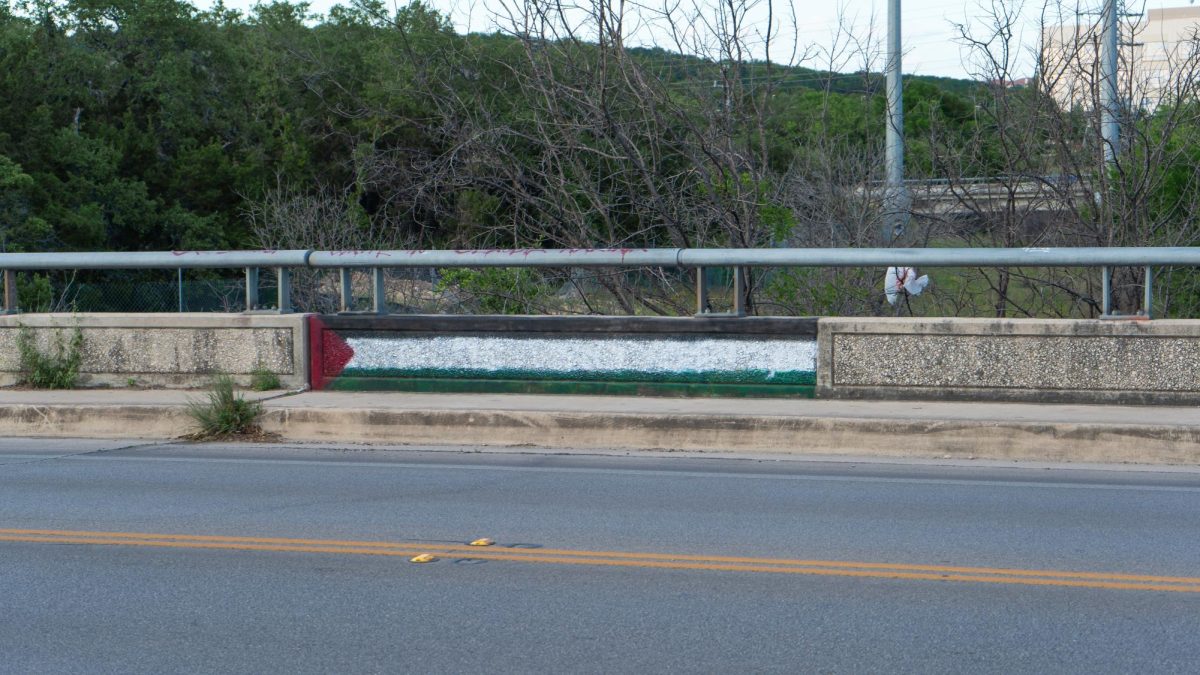According to the American Lung Association, 70 percent of smokers started smoking regularly at age 18 or younger, and 86 percent at age 21 or younger.
“Eighteen percent of the US population smokes, in which 20 percent are 18-24 year olds,” said Amanda Graves, health education coordinator at UTSA.
UTSA has created a tobacco cessation program for students who smoke tobacco and would like to stop.
The free program, which started Jan. 21 and ends March 4, presents seminars that provide information on smoking triggers, quitting factors, lifestyle changes, health effects of smoking and how to develop a quitting plan. Because few students joined the cessation program this semester, Health Services will offer only one-on-one sessions. UTSA Health Services will work on promoting the program this semester in order to re-launch it in the fall so that more students will join the group seminars.
Graves explained how the cessation program works. “We provide students with help to identify the triggers that cause them to smoke, and we organize a quit plan with a goal date.”
Graves and the other UTSA health education coordinators are trained professionals who consult with students and lead smoking cessation seminars. “We want to raise awareness and emphasize the harm of smoking. We want to educate students and staff on the importance of quitting,” said Graves.
Carolina Paz, a public relations major, is in favor of the program and the cessation of smoking on campus. “I am happy that UTSA is becoming a smoke-free campus. It will be beneficial for everyone, including the non-smokers.”
However, some students opposed to a tobacco-free campus are not willing to quit. Psychology major Isabel Villasenor explained how the tobacco-free campus was a topic in her psychology class.
“All of the smokers in my class agreed that turning the campus into a “smoke-free” place would not help to lower smoking. They also said that they would not stop smoking because of this.”
Daniela Villasenor, an architecture major, attends most of her classes at the Downtown Campus. She explains that the Downtown Campus has been smoke-free for a year, yet people are still smoking regularly. “I see the same number of people smoking, only they go to a little corner where it is not considered ‘school property.’ I don’t really think turning the Downtown Campus smoke-free helped lower the amount of smokers.”
Banning tobacco on campus may not force people to quit smoking, but it will create barriers to the number of cigarettes students can smoke during the day. Today, students are allowed to smoke on some parking lots, but after June 1 all parking lots will be smoke-free. Students will not be allowed to go to their car for a smoke break unless they leave campus. Andrea Del Rio, mechanical engineering major, believes that people will definitely smoke less thanks to the ban. “Since we spend most of our time in school, this is where we smoke the most. When the prohibition starts, we will not smoke while in school, definitely reducing the amount of cigarettes during the day.”
The Office of Environmental Health, Safety and Risk Management is also helping UTSA staff members quit smoking. Rowdy New U is a wellness program for UTSA faculty and staff. According to the program’s website, “The mission of UTSA’s Rowdy New U wellness program is to encourage all university personnel and their families to enhance their health and well-being through educational opportunities, wellness activities and self-improvement.”
The program includes assessments, fitness classes, personal development training, community events and a main focus on tobacco cessation.
For more information on the cessation program, the banning of cigarettes on campus and the Rowdy New U program, visit UTSA’s website.











